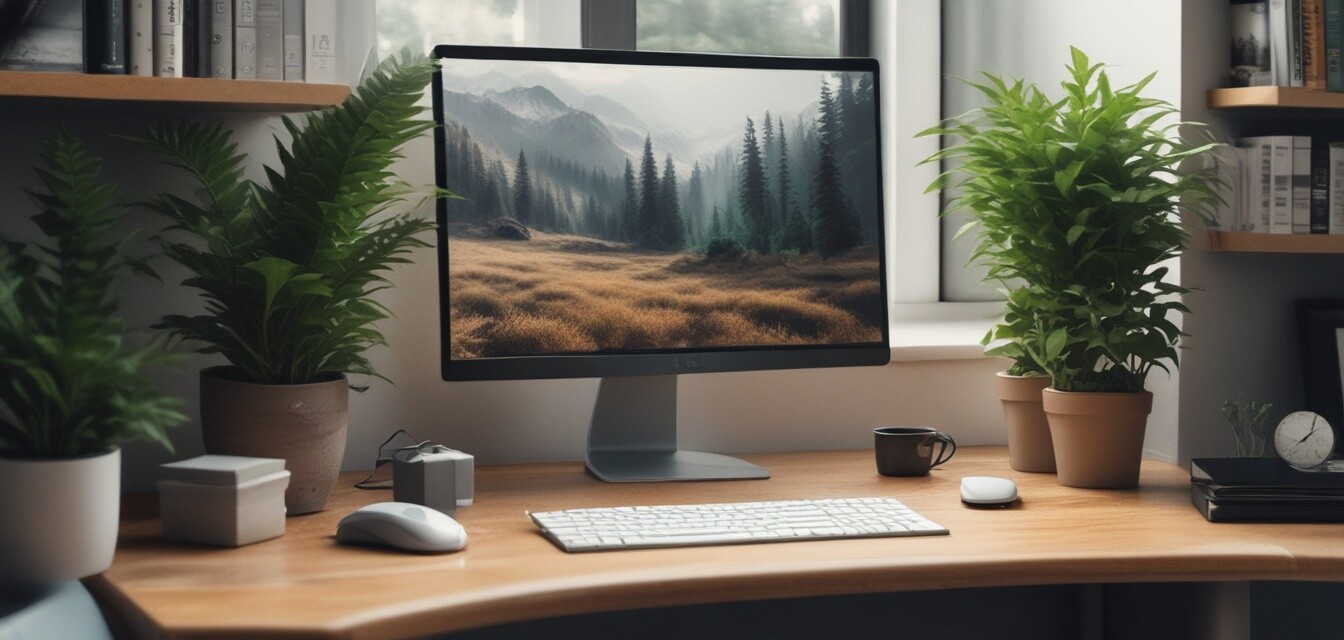
Tips for Creating a Distraction-Free Home Office
Key Takeaways
- Establish a dedicated workspace away from household distractions.
- Utilize technology effectively, including multi-monitor setups.
- Incorporate ergonomic accessories to enhance comfort.
- Maintain a structured work schedule to boost productivity.
- Employ soundproofing techniques to minimize noise.
Creating a distraction-free home office is essential for maximizing focus and productivity. As more people shift to remote work, optimizing your workspace becomes crucial for maintaining work-life balance. In this article, we’ll explore practical strategies to minimize distractions, helping you stay motivated and productive throughout your workday.
1. Designate a Dedicated Workspace
Choosing a specific area in your home for work is the first step towards a distraction-free environment. Here are some tips to help you set up effectively:
- Choose a room or a quiet corner away from high-traffic areas.
- Keep this space strictly for work to condition your mind for productivity.
- Consider the natural light and visibility to enhance your mood.
2. Optimize Your Desk Layout
An organized desk can greatly influence your ability to concentrate. Here’s what to consider for your desk layout:
| Item | Importance |
|---|---|
| Monitors | Multiple monitors can boost productivity by allowing multitasking. |
| Minimal clutter | Less clutter helps reduce distractions and keeps your mind focused. |
| Ergonomic accessories | Supportive chairs and adjustable desks promote comfort and reduce fatigue. |
3. Limit Noise Distractions
Noise can be a significant obstacle in maintaining concentration. Here are a few strategies to mitigate sound distractions:
- Use noise-canceling headphones while working.
- Incorporate soundproofing materials like carpets or heavy curtains.
- Play soft background music or white noise to drown out distractions.
4. Use Technology Wisely
Leverage technology to your advantage while minimizing its potential distractions:
- Employ multiple monitors to keep track of different tasks without switching applications constantly.
- Utilize project management tools to stay organized.
- Set boundaries on personal device usage during work hours to stay focused.
5. Establish a Routine
Creating a structured routine can help you maintain focus and productivity. Try the following tips for setting up a daily schedule:
- Set a regular start and end time for your workday.
- Include scheduled breaks to prevent burnout.
- Plan your tasks in advance to avoid distractions during work hours.
6. Personalize Your Space
Adding a personal touch to your workspace can make it feel more inviting without causing distractions:
- Incorporate plants to enhance air quality and aesthetics.
- Use inspiring quotes or artwork as minimal decorations that motivate you.
- Keep personal items organized in designated areas to avoid clutter.
Conclusion
Creating a distraction-free home office is about establishing a conducive environment for productivity. Utilize the strategies discussed here to minimize distractions and enhance your focus, allowing you to achieve your work goals. By fostering a space that promotes concentration and comfort, you can enjoy a more efficient and productive work-from-home experience.
Tips for Beginners
- Start small by making minor adjustments to your existing setup.
- Experiment with different layouts to find what works best for you.
- Don’t be afraid to ask for feedback from family members regarding noise levels.
- Consider investing in docking stations for a seamless tech experience.
Pros
- Increased focus and productivity.
- A more enjoyable work environment.
- Better work-life balance.
Cons
- Initial setup may require investment in tools or furniture.
- Can take time to adapt to a new routine.
Further Reading
To dive deeper into optimizing your home office, check out our other articles:
- DIY Tips and Tricks for Home Office Setup
- Essential Computer Peripherals for Efficiency
- Ergonomic Accessories to Enhance Comfort
- Multi-Monitor Setups to Boost Productivity
- Networking Solutions for a Stable Connection